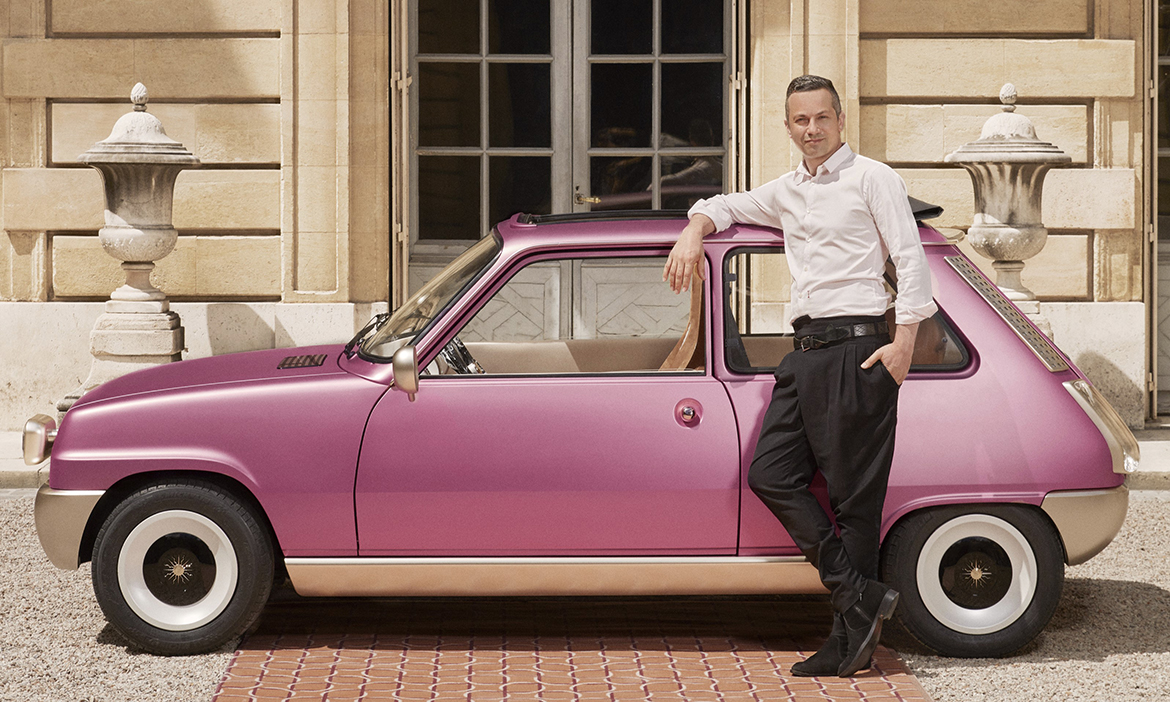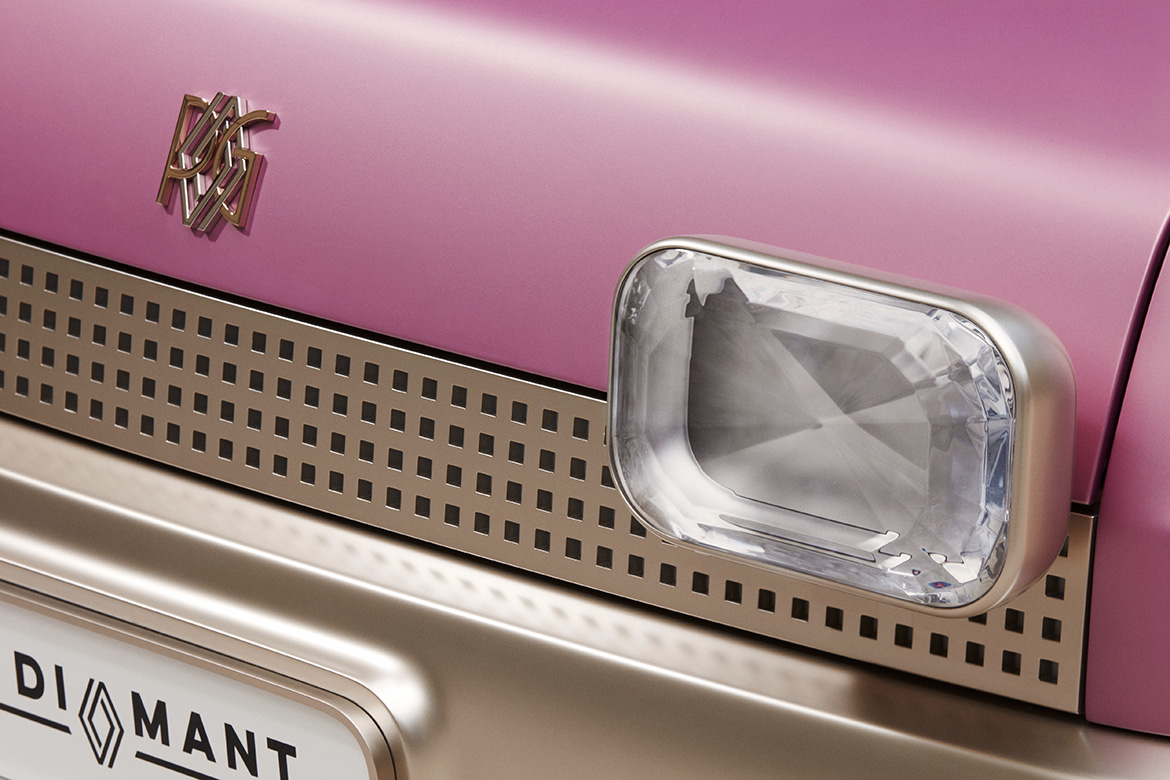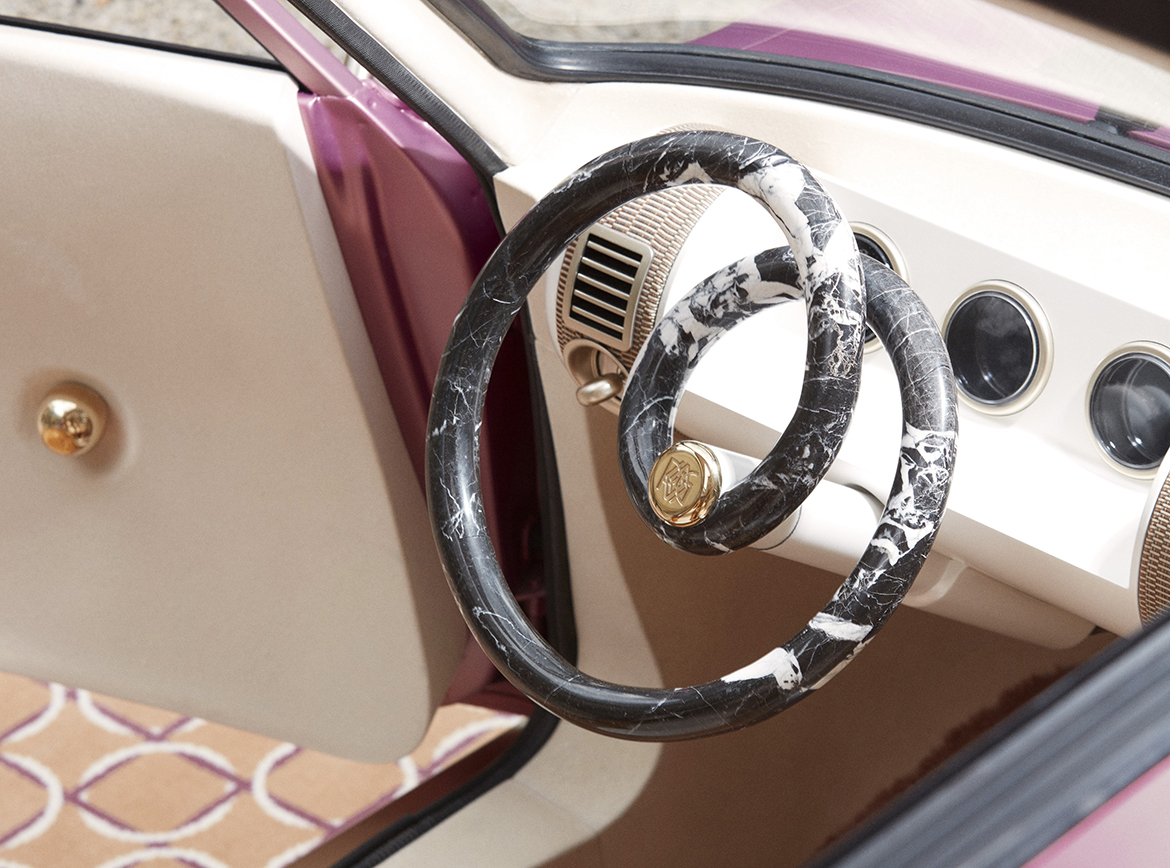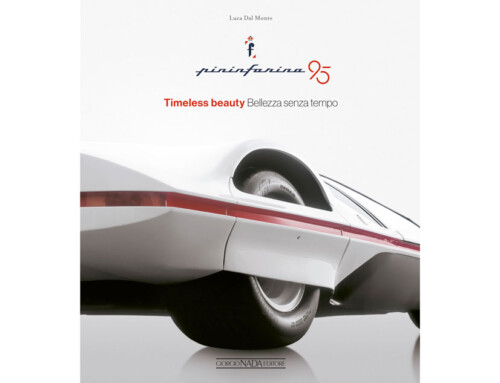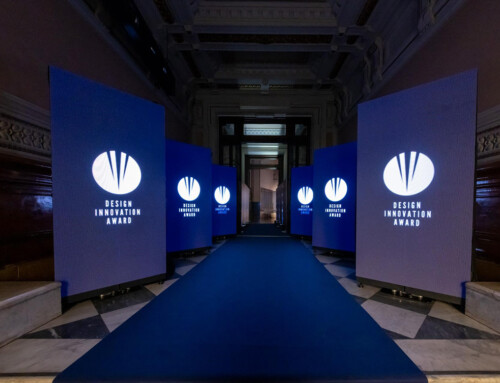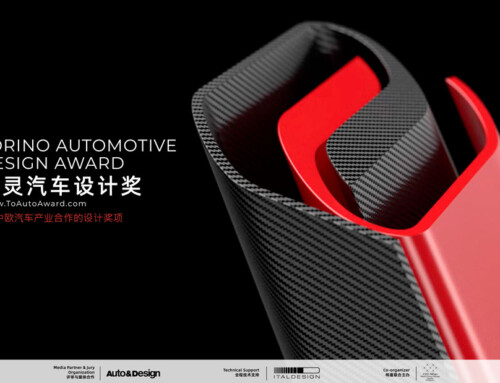2022 marks the 50th anniversary of one of motoring’s icons: the Renault 5. A true symbol of pop culture, more than 5 million examples were sold in many countries between 1972 and 1984. To celebrate the anniversary of this model, Renault decided to create an electric edition of the 5 with the collaboration of artist and designer Pierre Gonalons. The car shows the designer’s vision of the car of the future, merging automotive codes with those of interior decoration.
The inspiration for Pierre Gonalons came from the decorative arts, and more specifically from high jewellery, which can be found in the showcar’s precious and innovative details. Renault 5 Diamant retains the characteristic lines and iconic shape of the original that rolled off the production line in 1972, but underneath this familiar silhouette a profound transformation has taken place. Under the bonnet, the car is equipped with a 100% electric motor, the first element that signals its modernity. Visually, its design introduces high-quality details.
On the outside, the bodywork has been streamlined to emphasise the iconic lines of the Renault 5. The headlights and taillights are faceted like precious stones and the wide wheels, inherited from the Alpine version, have been polished and signed in the centre by Pierre Gonalons’ beloved sun. The exterior colour features a three-layer paint, made of gold pigments on a pink base. Pierre Gonalons was able to simplify the car by keeping only very specific elements. The door and window handles as well as the gear lever are made from a truncated sphere, treated as very Parisian references in gilded brass with pale gold, stainless and very resistant materials. In detail, the steering wheel and the glove compartment are made of recycled marble by Minéral Expertise, using a French marble, the ‘Grand Antique d’Aubert’, worked in a tubular fashion, which makes it lighter and more malleable. As for the seat fabric and the horsehair fabric that covers the dashboard, both are made by textile manufacturer Métaphores, the only workshop in the world that continues to hand-weave horsehair. The mohair wool rug is made by Pinton, one of the last French manufacturers of art tapestries, historically based in Aubusson.

